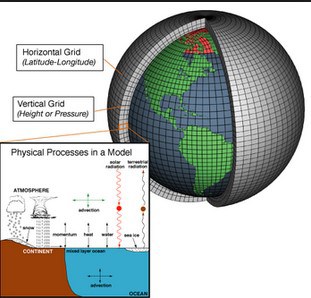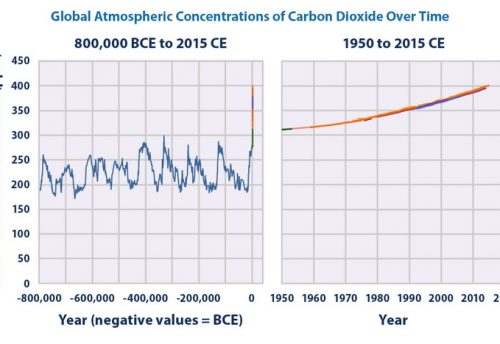
It is often convenient to regard climate models as belonging to one of four main categories:
1) energy balance models (EBMs);
2) one dimensional radiative-convective models (RCMs);
3) two-dimensional statistical-dynamical models (SDMs);
4) three-dimensional general circulation models (GCMs).
These models increase in complexity, from first to last, in the degree to which they simulate the particular processes and in their temporal and spatial resolution. The simplest models permit little interaction between the primary processes, radiation, dynamics and surface processes, whereas the most complex models are fully interactive.
It is not always necessary or beneficial to the analysis, however, to invariably choose the more sophisticated models. The choice of model depends upon the nature of the analysis For example, the simpler models, unlike the 3-D GCMs, may be run many times in sensitivity studies which test the influence of modelling assumptions. For simulation experiments, which require complex modelling of the physical, chemical and biological processes inherent in the climate system, more sophisticated models may indeed be more appropriate. Computational cost is always an important factor to consider when choosing a climate model.




Leave a Reply